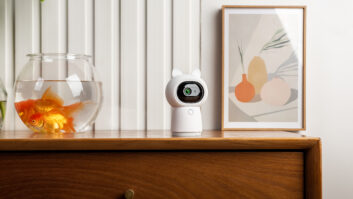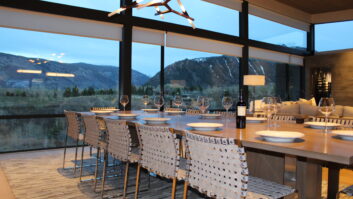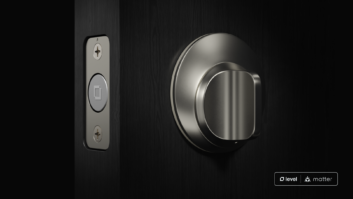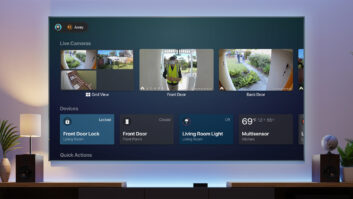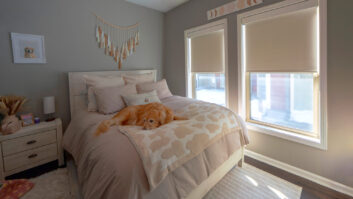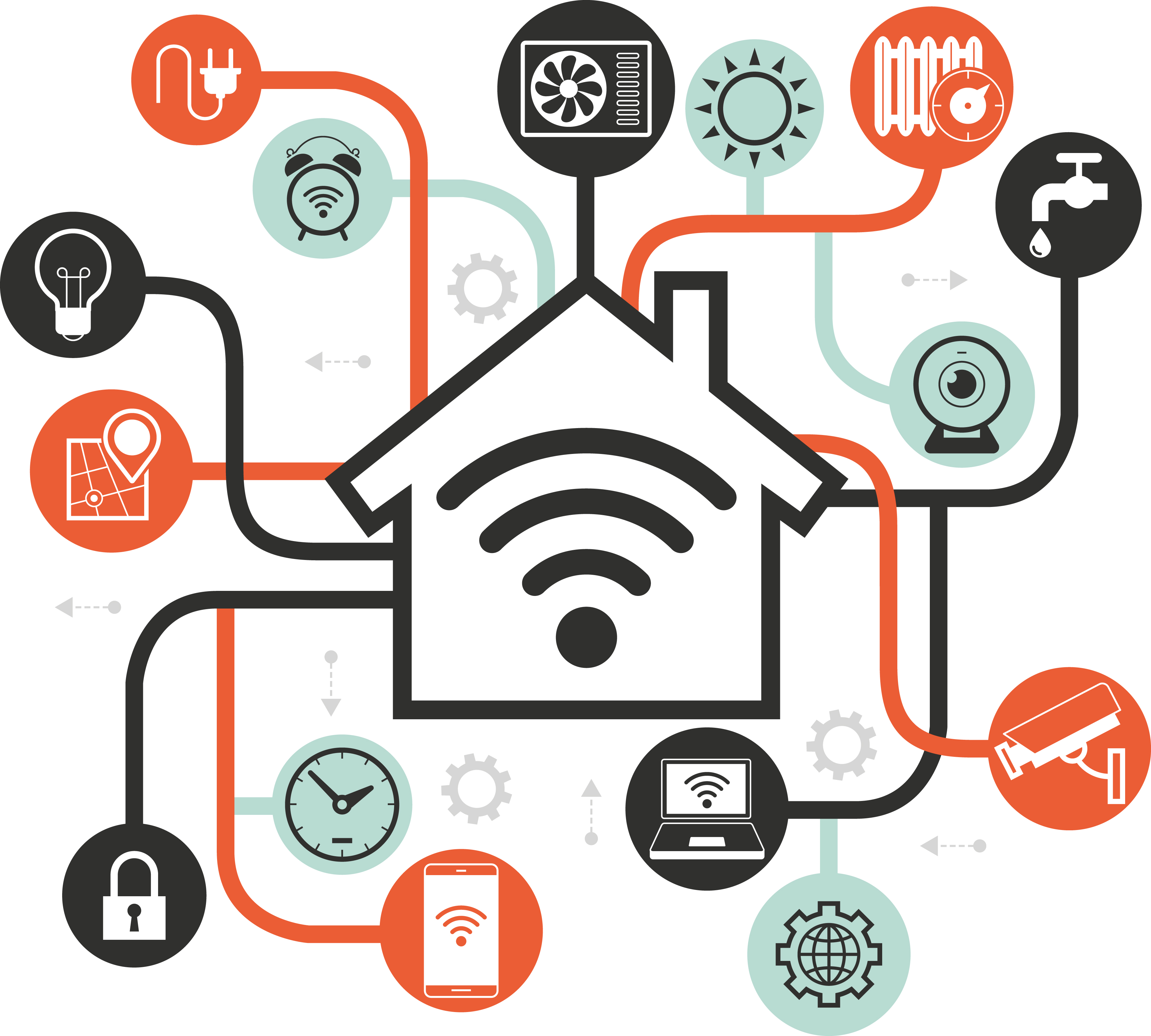
For the last 20-plus CES-es, if it was Tuesday, it was meet the press — or, more specifically, the TWICE Retail Executive Roundtable.
This past January was no different, as the head of smart home for the world’s largest e-tailer; the brand boss of one of the nation’s largest and oldest retail chains; an NPD analyst; and top buying group and distributor execs all met behind closed doors to weigh in on the hot-button topics of the day.
Better than a fly on the wall, the following edited transcript provides a replay of the discussion, which wended from smart home and voice control to tax legislation and holiday sales.
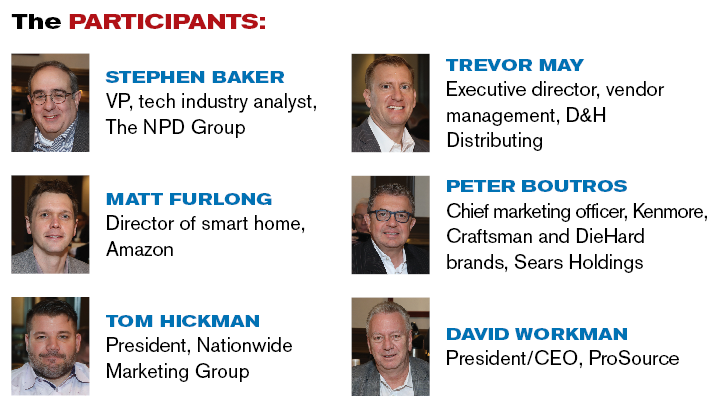
TWICE: Let’s get one thing out of the way: Matt, do I have to watch what I say in front of Alexa?
Matt Furlong, Amazon: It’s not really my area, but I can tell you that we take privacy concerns very seriously at Amazon, and customer trust is of the utmost importance to our continued success.
TWICE: Now let me ask you this: How do you define smart? These days everything is smart.
Furlong: It’s definitely a growing list. We take the approach of offering the widest selection possible to customers and letting them decide which products resonate most and which ones are going to deliver the delightful experience that gets them excited about the category. You will see us continue to follow that philosophy.
See: Everything You Need To Know About This Week In Amazon
TWICE: So it’s not necessarily curated?
Furlong: We are doing things to help customers navigate the wide selection. We launched the “Works with Amazon Alexa” program a year-and-a-half ago to certify products that offer the best experience and interaction with Alexa. This way customers can have confidence, whether they’re buying a light bulb or a thermostat or whatever it may be, that it will give them the experience we are promising when they think about a connected home and the Alexa interaction.
We’re doing things to help them navigate the wide selection, but we want to make sure we offer everything, so that they can fundamentally choose what they want.
TWICE: Is Alexa compatibility a pre-requisite?
Furlong: No, we offer products that aren’t, but there are a broad range of devices that can be controlled with Alexa. Where we see the greatest traction is with “Works with Amazon Alexa”-certified products, which helps to ensure customers have a great smart-home experience.
TWICE: Smart home still hasn’t enjoyed widespread adoption. What’s holding it back?
Peter Boutros, Sears Holdings: The roadblocks have been the compatibility of the various elements that make a smart home, whether it’s the hardware, the Internet or all of the platforms. They’re all converging right now, and that’s something that we have to recognize. Between what Apple’s doing, what Google’s doing and what Amazon’s doing with the speed of the networks nowadays, we can now bring products to bear that are compatible and work efficiently.
Watch: Consumers Have Smart-Home ‘Option Paralysis’
As an industry, it’s frustrating when our connected things don’t work. For the average family, if it doesn’t work, it’s a real let down and the value proposition is corrupted.
However, it’s now in a really good place. Our work with Amazon is going to become exponential because our products are now being made specifically for their platforms.
The next phase of the connected home is going to be new house construction where the whole connected lifestyle is built into the bones of the house rather than connected to the house.
We’re all talking about voice, and it is going to be voice and visual, going from your car, having a phone call, carrying that conversation through the driveway on your ear, getting in your house and saying, “Alexa, switch me to video conference now.” That is a seamless transition.
See: What Amazon And Sears Have In Common
It’s the same with our Kenmore Elite appliances. It’s not about turning on a washing machine by voice, it’s about having a connected lifestyle. It’s one component of an overall connected home. By Christmas of this year, I believe it’s really going to be upon us.
David Workman, president/CEO, ProSource: One thing you are going to see is increased awareness of network security. That will be the thing that everybody talks about because the more you throw yourself into the Cloud and this full connection, the more network security will be a topic. Customers will need peace of mind, and it’s a little loose right now.
Boutros: Another great challenge is which protocol is going to win out, and are those protocols going to be able to connect with each other.
Stephen Baker, The NPD Group: I’m going to take issue with that because in our surveys and research, yes, all of those problems are clearly there, but that is all behind the scenes for most consumers.
The biggest problem is not compatibility or anything else. The biggest problem is that most consumers ask “Why do I need this?” Until we popularize the idea that a connected home is awesome — and building it into new homes is something that will help to some extent — we haven’t made a value proposition that the majority of customers are willing to buy into.
See: 21 Smart-Home Solutions To Look For In 2018
Tom Hickman, Nationwide Marketing Group: So far we’ve seen a lot of technology for technology’s sake as opposed to solving real-world problems. This could be the year, because we’ve already seen some versions of solving real-world problems. That’s when the light bulb goes off.
Yeah, you want to be able to check on your baby, but it’s very different to re-route your day and move things around. I saw an example of taking everything that’s in your refrigerator and making a meal out of it because some of it is going to expire. That solves a real-world problem. It’s not, “Hey, watch, I can turn my Hue light blue in the living room.” I care, but no one else cares.
But if you tell my wife that when she’s in the kitchen she can complete a recipe with what’s expiring in the refrigerator, or order something she’s out of, or see who’s at the front door, those are very different conversations. An aspirational customer will pay for it. You just have to start solving real-world problems.
Baker: Do people still come to your front door?
Workman: We’ve seen some stuff behind curtains that is bringing more of that application to real-world usability. You have to go beyond “That’s a neat gadget” to “Wow, my day is different because of it.”
See: How Brick-And-Mortar Is Crucial In Selling The Smart Home
Another thing, along the lines of cord cutting, content and how people are digesting it, is that there’s a lot of wireless spectrum out there. [Dish Network chairman] Charlie Ergen owns most of it, and he has to use it in a couple of years. The question is when the next evolution of Wi-Fi or wireless networks come to bear, that today have to be driven by a cable company. Something may happen in the next couple of years, and then all of a sudden you have a completely new solution for how people are taking in the bandwidth capacity.
Boutros: Just as the Internet in the palm of your hands was a disruptive proposition, I still believe that a connected lifestyle is going to be a disruption. Whether it’s our generation or the generation coming through, people are going to naturally want to have a connected lifestyle, and products better be able to perform at that level. That’s where I believe the real value proposition is, and we’re seeing the wave coming.
Baker: Dave, you’re basically talking about 5G, right? 5G will do what mesh is doing to home Wi-Fi.
People think everybody wanted an iPhone when it first came out 10 years ago, but it was terrible. It was on a 3G network. Peter, you mentioned the Internet in your hand, but until LTE came out and became widespread, wireless Internet was painful.
Watch: 5G Will Change More Than We Can Know
The next enabling background technology is clearly going to be 5G. We are a year or two away from that being the next thing, and we don’t quite understand yet what that means to things like smart home, autonomous driving and to other devices. Back in 2008 we didn’t understand what LTE was going to do to how people lived in 2015 or 2018.
You don’t know how people will enable the technology best, and that is the exciting part, and probably why most of us are still in the tech business despite how challenging it can be sometimes. These kinds of things happen quite often, and you get to be in the front row.
TWICE: This is all well and good, but it still has to be made palatable to the consumer. Tom, how receptive have your dealers been to the turnkey Nest kiosks you developed?
Hickman: We have 5,300 dealers across the spectrum, but in our traditional business it’s a hard pitch.
We built some kiosks along with our friends at Nest and Google that, a little bit different from a big-box store, actually connected to some of the appliances, so they could see the whole ecosystem. We’ve rolled out quite a few, quite frankly dragging some of our appliance dealers along the way, but it’s been well-received by the membership.
We had a whole connected home and built rooms at our last Nationwide meeting, and we’ll carry that forward to the next show. Our guys are independent as far as the level at which they adopt, but we’ve been happy with the traction we’ve had.
TWICE: Trevor, how are you leading your customers to the Promised Land?
Trevor May, D&H Distributing: We have our own workshops and show how various things connect, so our customers can see and understand how that works.
See: D&H To Debut Connected-Home Exhibit At Fall Show
We do things with our ecosystems with the various partnerships that we have, but we’re really looking for leadership from the manufacturing side to bring forward the use cases and products to the customers. Where they’ve done that we see good growth. We see it on the security side and with the better routers, and we see it in voice control. We also have a lot of products around the periphery that have some connectivity and interaction with those other devices.
We will continue to see good growth on a bigger base, which is great, but until a manufacturer presents that whole ecosystem, markets against it, and presents it to the customer adding real value to them, I don’t think we will see the broad-based growth that we’re hoping for. That’s clearly out in the future.
Also From The Retail Executive Roundtable
Christmas Was Merry As Consumers Traded Up
The TV Business Is Back & Retailers Are Tuning InSpeak Up: Voice Control Still In Its Infancy




